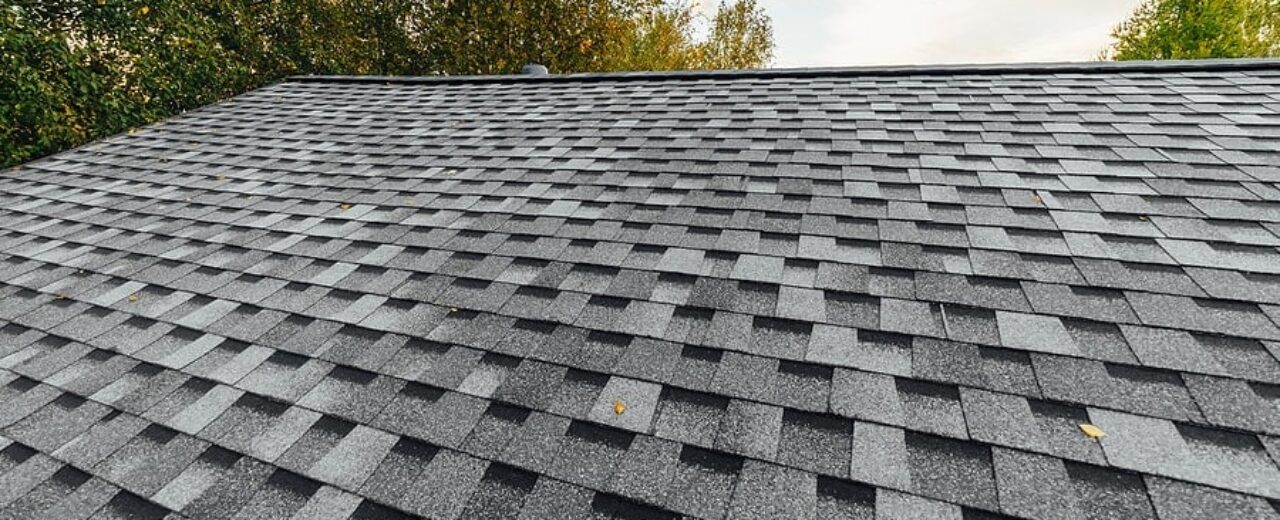Hail Damage vs. Normal Wear and Tear: How to Tell the Difference
Your roof is the first line of defense against the elements, but it inevitably experiences wear and tear over time. However, when a severe hailstorm hits, the damage can be more than just natural aging—it can lead to serious structural issues. Homeowners and property managers often struggle distinguishing between hail damage and normal wear and tear. Understanding the difference is crucial for maintenance, insurance claims, and ensuring your home remains protected.
What is Normal Wear and Tear?
Roofs naturally degrade over time due to constant exposure to sunlight, rain, wind, and fluctuating temperatures. Here are some common signs of normal wear and tear:
- Granule Loss: Asphalt shingles lose their protective granules over time due to UV exposure and weathering. You may notice granules accumulating in gutters.
- Fading and Discoloration: Prolonged exposure to the sun causes shingles to fade and lose their original color.
- Cracking and Curling: As shingles age, they may dry out, causing cracks or curling at the edges.
- Small Blisters: Heat exposure can create blisters on shingles that eventually pop, leading to minor surface imperfections.
- Minor Leaks or Moisture Issues: Older roofs might develop small leaks or water stains inside the home due to worn-out seals around vents and chimneys.
These issues typically develop gradually, and regular inspections can help identify when it’s time for repairs or a replacement.
What is Hail Damage?
Hail damage, on the other hand, occurs suddenly and results from a severe weather event. Even small hailstones can cause significant damage to a roof, and it’s often not immediately visible from the ground. Here are key signs of hail damage:
- Dents or Bruises on Shingles: Hail impacts often create minor, round dents that might not be visible initially but can weaken shingles over time.
- Loss of Granules in Random Areas: Unlike uniform granule loss from aging, hail damage leads to patchy areas where granules are stripped away, exposing the black asphalt underneath.
- Cracked or Split Shingles: Hail can crack shingles upon impact, making them more susceptible to leaks.
- Soft Spots or Indentations: When pressed, areas with hail damage may feel smooth or spongy due to the impact weakening the shingle structure.
- Damaged Metal Components: Check metal roof vents, flashing, and gutters for dents, which are strong indicators of hail impact.
How to Tell the Difference
If you’re unsure whether your roof has hail damage or just natural wear, consider the following:
- Age of the Roof: If your roof is 15-20 years old and showing gradual wear, it’s likely normal aging. If damage appears suddenly after a storm, hail is the likely culprit.
- Pattern of Damage: Hail damage is random and inconsistent, whereas wear and tear tend to be uniform across the roof.
- Inspect Surrounding Areas: Check siding, windows, gutters, and vehicles for dents or cracks. If they show impact marks, your roof likely suffered hail damage as well.
- Professional Inspection: A roofing expert can assess whether the damage is hail-related and assist with an insurance claim if needed.
Final Thoughts
Understanding the difference between hail damage and normal wear and tear is essential for protecting your investment. Regular roof inspections can help catch aging issues early, while post-storm evaluations ensure you address hail damage before it leads to costly repairs. If you suspect hail damage, consult a roofing professional to assess the situation and guide you through the insurance claims process. A well-maintained roof ensures the safety and longevity of your home.


